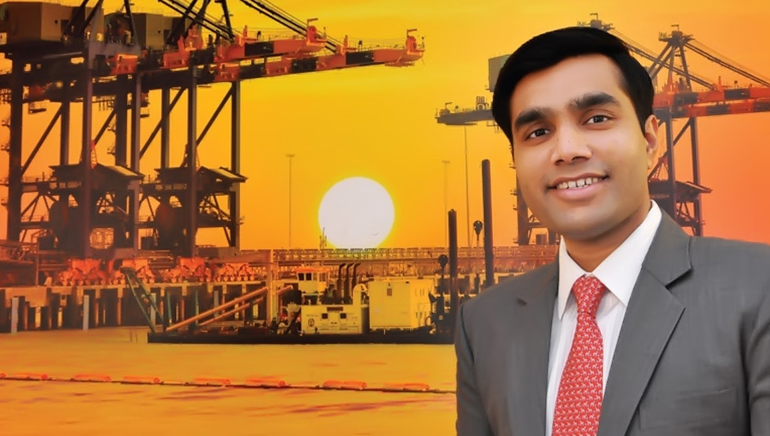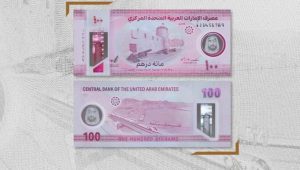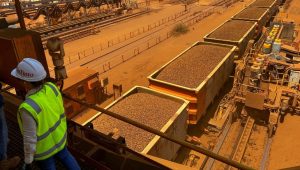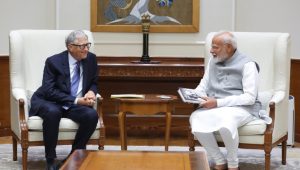Adani Group is mulling a foray into defence and aerospace production, keeping pace with several other big industrial groups’ drives into the “Make-in-India” initiative. Big defence spending is in the offing as defence is being seen as a sunrise sector. The place pitched for the possible manufacturing is an obvious choice: Mundra in Gujarat (it is the country’s largest private port and SEZ), utilizing its sea and land linkages.
Adani executives—including Karan Adani, the elder son of Gautam Adani, the chairman of the Adani Group—have met delegates from large overseas defence companies that have experience in manufacturing a range of defence equipment to explore how international and domestic tie-ups can be materialized.
The Adani executives have been conducting high-level meetings for the past few weeks, and have also been making exploratory calls to almost all global defence and aerospace manufacturers having liaison Adani Group is mulling a foray into defence and aerospace production, keeping pace with several other big industrial groups’ drives into the “Make-in-India” initiative launched by offices in New Delhi. At least two top Adani executives have been given the responsibility of foraging the potential collaborators and report success.
The following companies may be Adani Group’s future partners in defence manufacturing: Saab—Swedish aerospace and defence company, founded in 1937 and originally manufacturing aircrafts; Finmeccanica—Italy’s leading industrial group and one of the main global players in aerospace, defence and construction; Textron—an American industrial conglomerate founded in 1923 and manufacturing aircrafts.
Saab mainly produces fighter aircrafts and submarines, and is keen on establishing a manufacturing unit in India, ultimately targeting to win the Rs. 60,000-crore P-75I submarine (Scorpène-class submarines, a class of diesel-electric submarines) contract and the light Gripen fighter jet production contract.
Finmeccanica operates in seven sectors: aeronautics, helicopters, defence systems, electronics, space, transportation and security. It manufactures through its companies AgustaWestland, Alenia and Oto Melara.
Textron manufactures Bell Helicopters (famous for mission-critical helicopter operations all around the world) and Cessna Aircrafts (light and mid-size business jets). Textron is also being considered for a howitzer guns contract for the Indian army; it will be a $700-million contract.
Adani Group’s focus, as obvious from the exploratory discussions, is on “Make-in-India” projects, and the Group is looking forward to transforming its large land holding in Mundra into a defence manufacturing hub.
In March 2015, the Adani Group registered a new entity—Adani Defence Systems and Technologies Ltd (ADSTL)—and in April 2015, it applied to the Department of Industrial Policy and Promotion (DIPP) for a licence to manufacture helicopters under ADSTL.
Adani Group is an Indian multinational conglomerate company headquartered in Ahmedabad, in the State of Gujarat, India. Its diversified verticals include resources, agri-business, logistics and energy sectors including power generation, gas distribution and coal mining.
Some other large conglomerates have already set their sights on the defence and aerospace sector, due to the huge potential it offers as India’s defence needs are large and expanding, and it is counted as one of the biggest spenders in the defence and aerospace sector in the world. The Adani Group is the latest to turn in this direction, others being Larsen & Toubro, the Reliance Group of Anil Ambani, Mahindra & Mahindra, and the Tatas.
The Adani Group is cashing in on the fact that its SEZ and port would prove to be a unique advantage for defence manufacturing, as large-scale and high-end transportation and production can occur at the same place, though a thorough market analysis is still underway and a final decision will be taken after positive reports.
With an annual defence budget of about $40 billion of which 60 per cent (i.e. $24 billion) is being spent on purchase of defence equipment, India is the world’s largest defence importer, as the domestic defence manufacturing is still developing.














